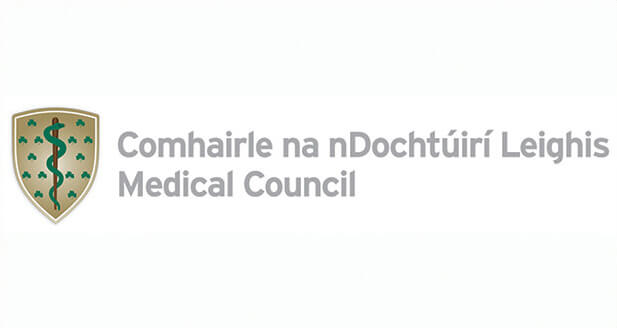A recent study published in the journal Science Translational Medicine has shown that scientists have moved closer to finding a cure for baldness after identifying a potential cause of the condition.
Researchers at the University of Pennsylvania in the US carried out the study and discovered that the protein Prostaglandin D Synthase triggers hair loss.
The researchers said that the discovery of this protein could lead to the development of a cream to treat baldness.
The study examined lab mice as well as men who were bald in order to determine which genes are “switched on” when men start to go bald.
They found that levels of Prostaglandin D Sythase were higher in the cells of hair follicles present in bald patches on the scalp, but not in the areas where normal hair grew.
Transplanted human hairs stopped growing when given the protein, the study found.
Professor George Cotsarelis, of the Penn Institute for Regenerative Medicine at the University of Pennsylvania, US, who led the research, said: “Essentially we showed that the Prostaglandin protein was elevated in the bald scalp of men and that it inhibited hair growth. So we identified a target for treating male-pattern baldness.
“The next step would be to screen for compounds that affect this receptor and to also find out whether blocking that receptor would reverse balding or just prevent balding – a question that would take a while to figure out.”
Treating hair loss in Ireland
IMN spoke to Dr. Maurice Collins, Consultant Surgeon, Medical Director and Team Principal of Hair Restoration Blackrock (HRBR), about hair loss treatments available for men of varying ages in Ireland.
Dr. Collins said that a 16-year-old boy recently visited the HRBR as he was developing hair loss.
“It can develop at an early age and obviously it’s devastating if you start losing hair when you’re still at school,” he said.
“So in young men, up to the age of 25 or 30, we prefer to prescribe an FDA approved medication used in conjunction with Minoxidil.
“They are very effective in 85 per cent of cases, so if I get a young man who is very upset by his hair loss, we can do an awful lot to help him by non-surgical means.
“People are very vulnerable at that young age and by tiding them over (with non-surgical treatments) you can bring them to a level where they can make a more mature decision as to whether to go down the surgical route or not.
“A hair transplant is for life. When they are done properly, they are incredibly successful, but I like to counsel and discuss this with our patients in depth before we rush into it,” said Dr. Collins.
From the age of 35, surgery is a more likely option in treating hair loss in men.
“If I have someone from the age of 35 onwards, with significant hair loss on the top of their head, the hair at the back and the sides of their heads is immune to the balding process.”
Dr. Collins told IMN that with a patient at that age, hair is taken from the back and sides of the head and transplanted into the top of the head.
“We prepare each hair follicle one by one. For instance we’re doing a patient today; we’re doing over 4,000 grafts.” This procedure began at 7.45am and would not finish until about 7.30 that evening. A team of 18 technicians worked on the patient, as well as a number of nurses.
“It’s a very slow, painstaking, meticulous procedure,” Dr. Collins explained. “But the results are spectacular. You’re giving a person permanent hair on the top of their head for the rest of their life, which means they’ll never have to be bald.”
Between 95 and 98 per cent of the grafts with transplant will grow permanently, but it is slightly less when the patient is a smoker, Dr. Collins said.
Dr. Collins also said that he has witnessed an increase in the numbers of men seeking treatment for hair loss.
“We have doubled the number of patients over a four-year period. Nearly 20 per cent of our patients are coming from the UK and abroad,” he said.
Two surgeons and two nurses have also been added to the staff in that period to cope with the numbers.
“We have 18 technicians and four nurses employed here. If the size of a transplant is 2,500 up to 3,000 grafts, you would need a large number working on the patient.
“Grafts are living organ transplants, which is interesting. We take the root out of the hair, and by transplanting the root you’re putting it into a new area to pick up a blood supply and by doing so you must get the organ back into the recipient area very quickly.
“It’s the same as with a heart transplant or kidney transplant, it isn’t as good unless you get it into the recipient area very quickly.”
According to Dr. Collins, there are many benefits when he sees a patient after the transplant has taken place.
“You ask them has anybody noticed anything. And the most common responses are, people say you’ve lost weight, that you’re looking healthy, you’re looking younger but they have no idea that anything has been done to their hair after we’ve put 7,000 hairs in somebody’s head. It’s amazing.”
Furthermore, Dr. Collins said hair loss treatment is not to be confused with cosmetic surgery.
“A lot of people think it’s a vanity issue, but it’s nothing to do with vanity. When patients come back to me, the words I hear all the time are improved self-esteem, self-confidence and peace of mind.”









